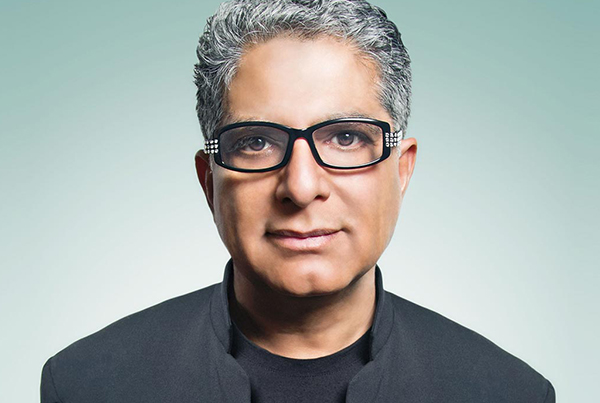
The Law of Least Action is a law of physics which states that nature takes the shortest and most efficient routine to accomplish its goal. This includes everything from the way chemicals react to each other, to the way a baseball is curved when thrown a certain way. In short, the Law of Least Action says that the shortest distance between point A and B is a straight line. This law is Deepak Chopra's productivity secret.
"If the Law of Least Action was applied to the human brain, productivity would increase tenfold, because making a decision would be an automatic, effortless computation of all the variables involved," Chopra writes. "Such a possibility seems far-fetched, however, when you consider that any decision you make in business – such as hiring a new employee – enters into various grey areas. Is the new hire honest, reliable, experienced, capable in a crisis, a team player? The productivity of a new employee involves these variables and more."
Chopra argues that the human brain already operates in this way -- that every electrical impulse and chemical reaction in our brains are already obeying the Law of Least Action.
"The human mind works by a combination of insight, creativity, memory, quantum leaps of creativity, and other aspects unknown to computers. And much if not all of this is done according to the Law of Least Action."
But, to make use of the Law of Least Action, we have to make sure we, as Chopra puts, aren't interfering with it. This means we have to care for our minds and bodies in a way that promotes the use of this law. Chopra suggests we get enough sleep, work in an environment that encourages the exchange of ideas, and receive honest feedback. Additionally, he says that stress shouldn't be used as an incentive, management shouldn't be isolated from workers and intimidation should never be used.










Member discussion